My appliances keep beeping at me. How can I deactivate or bypass this refrigerator door alarm buzzer without affecting the rest of the circuit?
I thought I could just cut/connect the wires at the momentary door switch, but then I'd lose the interior lights. When the door and (I assume) switch is open, the lights (and eventually alarm) activate.
Can I just swap it out for a piece of copper wire and solder; or are there other properties/attributes to consider?
Piezoelectricity is the electric charge that accumulates in certain solid materials in response to applied mechanical stress. The word piezoelectricity means electricity resulting from pressure and latent heat.
https://en.wikipedia.org/wiki/Buzzer#Types
A piezoelectric buzzer/beeper depends on acoustic cavity resonance or Helmholtz resonance to produce an audible beep.


